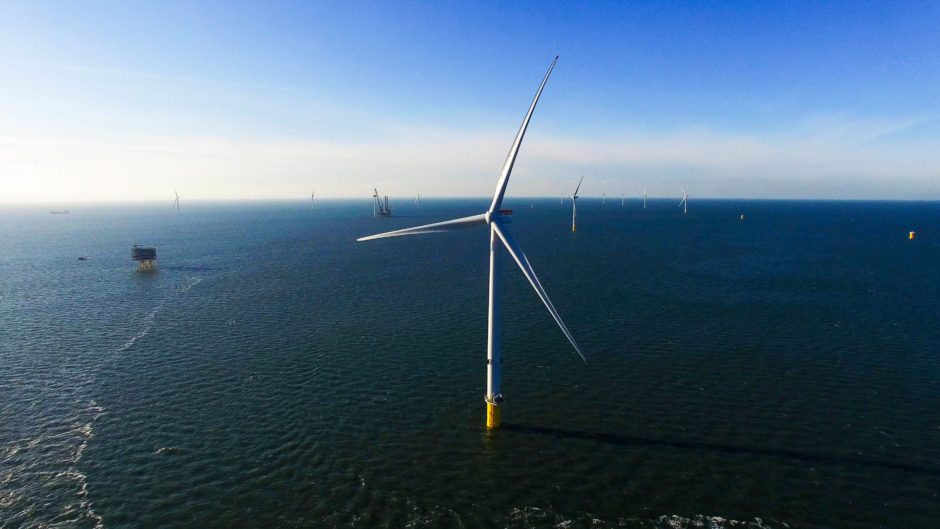
Green hydrogen projects, including a number in the north-east, could generate £320 billion for the UK economy and sustain up to 120,000 jobs by 2050, according to a new study.
The Offshore Wind Industry Council (OWIC), in partnership with the Offshore Renewable Energy (ORE) Catapult, has released a new report today outlining the role the superfuel can play in driving down carbon emissions.
It claims that hydrogen has the potential to provide the flexibility and security needed to integrate high percentages of offshore wind into the UK energy system.
The report makes the case for creating a national hydrogen network and pinpoints a number of regions that could be crucial in its development, with Aberdeen among those mentioned due to its existing developments and port infrastructure.
Entitled Offshore Wind and Hydrogen: Solving the Integration Challenge, is claims the UK has the right level of offshore wind capacity, as well a strong industrial base and world-leading academic research, to develop a sustainable, low-cost green hydrogen industry.
It also gives an overview of significant ongoing initiatives to develop applications of hydrogen, including the Acorn project at the St Fergus Terminal near Peterhead and the planned Dolphyn offshore wind project near Aberdeen.
In order to capitalise on this opportunity, OWIC and ORE Catapult are calling on governments to draw up a new “national strategy” to generate supply and demand in the new industry.
Julia King, The Baroness Brown of Cambridge and chair of the Solving the Integration Challenge Sector Deal working group set up by OWIC, said: “Offshore wind and hydrogen together form a compelling combination as part of a net-zero economy for the UK, with the potential to make major contributions to jobs, economic growth and regional regeneration as well as attracting inward investment, alongside delivering the emission reductions needed to meet our commitment to net zero.
“This is an exciting opportunity for the UK, we must act with urgency to get this industry operational and build on the UK’s strengths.”
Benj Sykes, industry chair of OWIC, said: “This visionary report is a direct result of the landmark Offshore Wind Sector Deal between Government and Industry, involving a wide range of partners collaborating on cutting-edge technology.
“Offshore wind is on track to become the backbone of our electricity system and that role will become even more important as it becomes the power source to make low-cost renewable hydrogen at scale.
“The UK needs to build full-size pathfinder projects as soon as possible to secure our position as a world leader in this exciting new combination of innovative technologies”.
Andrew Jamieson, chief executive of ORE Catapult added: “We firmly believe that the same forces of rapid innovation and scale-up that have underpinned a spectacular drop in the cost of offshore wind, will also apply to hydrogen technologies, such as electrolysers.
“UK industry and academia have a lead in this fledgling industry. We have set out a ten-year programme for the UK to convert these advantages into an economic success story.”
Recommended for you

